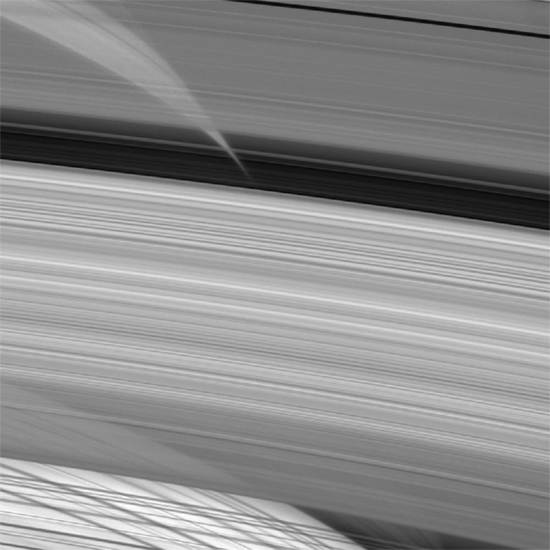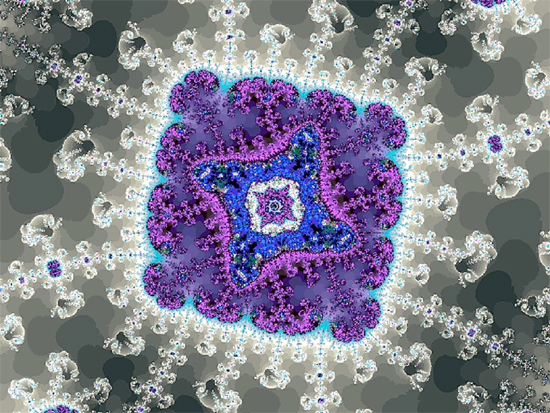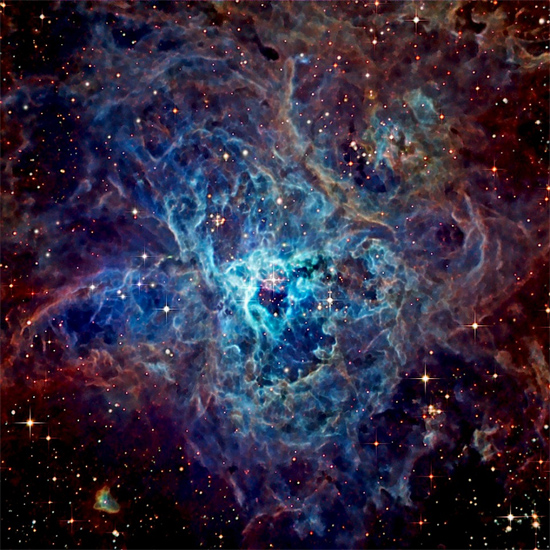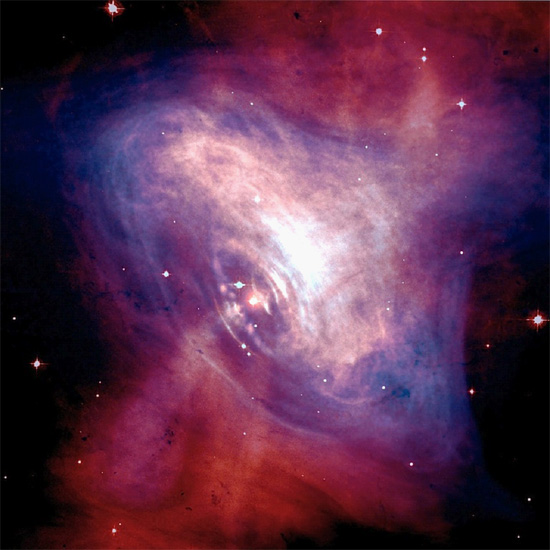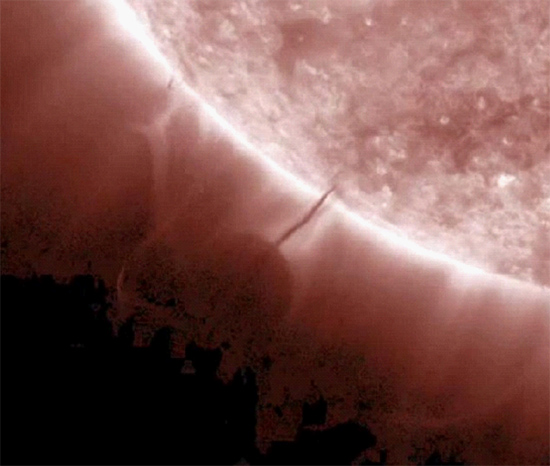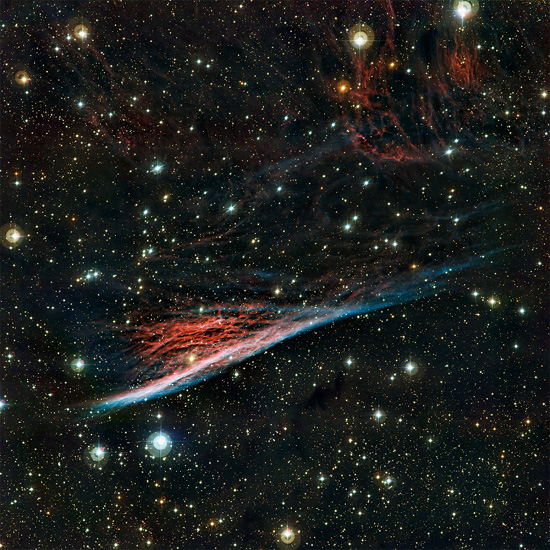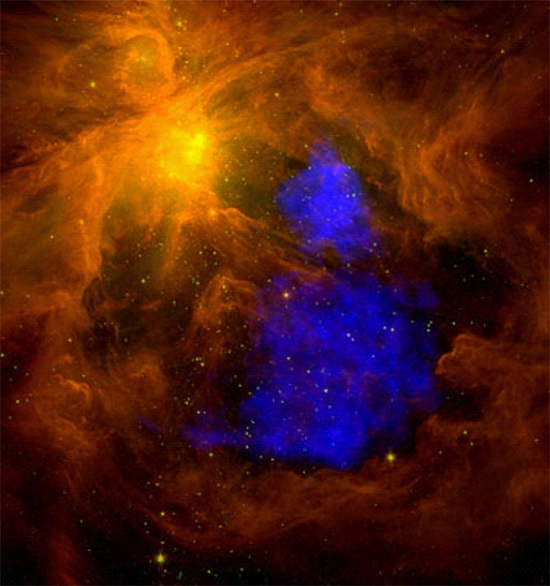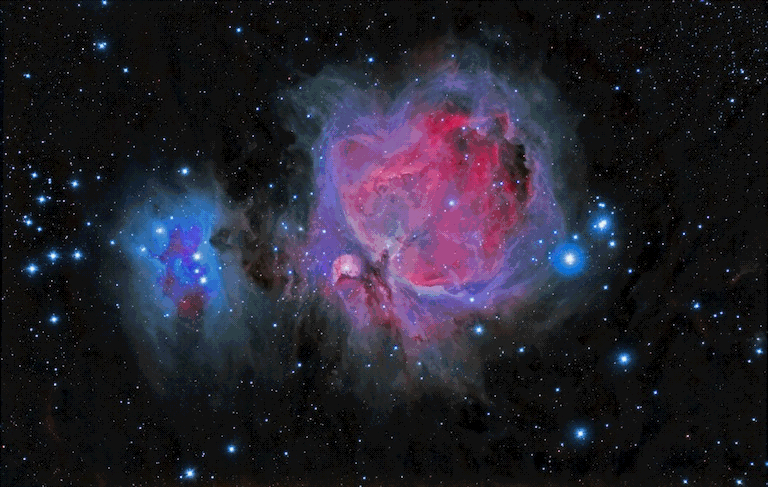Tiwanaku

Original Post October 8, 2012 Did this ancient site experience a catastrophic end? Tiwanaku, or Tiahuanaco in Spanish, is a ruined citadel occupying almost 10 square kilometers in the Bolivian Andes at an altitude greater than 3800 meters. Carbon-14 dating methods suggest that the site is no more than…






